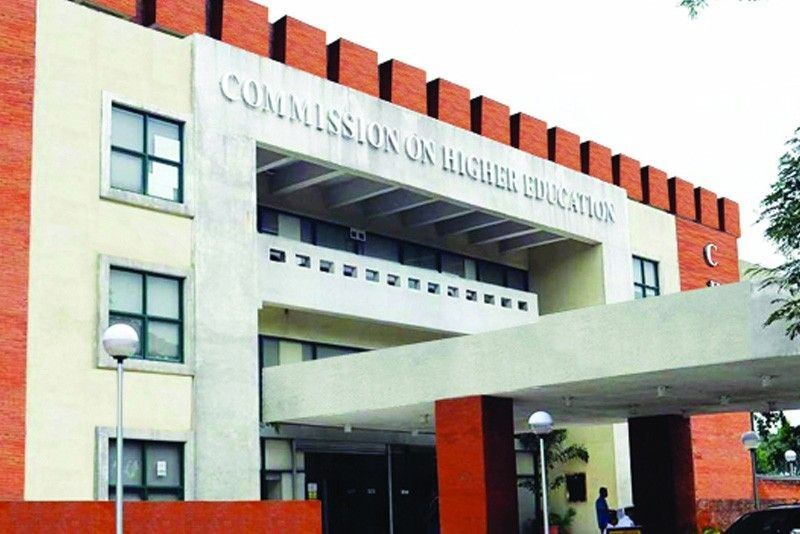CHED approves 20th public medical school

MANILA, Philippines — The Commission on Higher Education has approved the establishment of the first state medical school open to all kinds of enrollees in the Eastern Visayas region.
In a news release on Sunday, CHED Chairperson Prospero De Vera said that the commission has greenlighted the application of the Samar State University (SSU) to operate a Doctor of Medicine program.
This also represents the 20th medical program targeted at underprivileged students to be approved by CHED.
“The expansion of medical education in Samar will facilitate the implementation of Republic Act No. 11509 or the Doktor Para sa Bayan law as there is no state college or university in Eastern Visayas where poor but deserving students can become doctors,” De Vera said.
The University of the Philippines School of Health Sciences in Palo, Leyte offers a medical program that follows a ladderized system, and it does not allow direct enrollment of students as it only accepts students who are scholars of local governments.
Marilyn Cardoso, SSU president, said that the Doctor of Medicine program is the "first of its kind" in Samar and a "significant milestone" in the history of the university.
RA 11509, signed in 2021, lays down the guidelines for the establishment of a Medical Scholarship and Return Service (MSRS) program for deserving students in state universities and colleges (SUCs) or in partner private higher education institutions (PHEIs) in regions where no state university offers a medical course.
Currently, about 2,600 scholars are enrolled in private and public medical schools under the Doktor Para sa Bayan law. They will practice in underserved areas upon graduation through a return service agreement as part of their scholarship grant.
A 2019 study by the University of the Philippines Center for Integrative Studies on the shortage of doctors in the Philippines found that medical schools across the country only graduated an average of 3,000 students annually.
There also appears to be a "heavy reliance" on Metro Manila-based medical schools, with nearly half or 44% of all graduates coming from the National Capital Region, the study noted.
The study said that the expensive cost of medical education, which range from a low P44,000 per year in the most around P300,000 in a private one, has conrtibuted to the low number of doctors in the country.
- Latest
- Trending






























